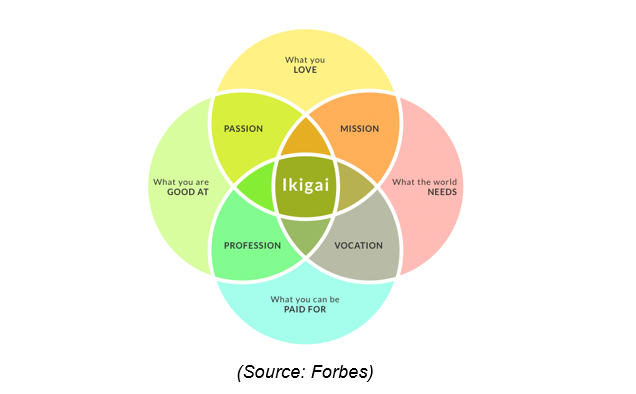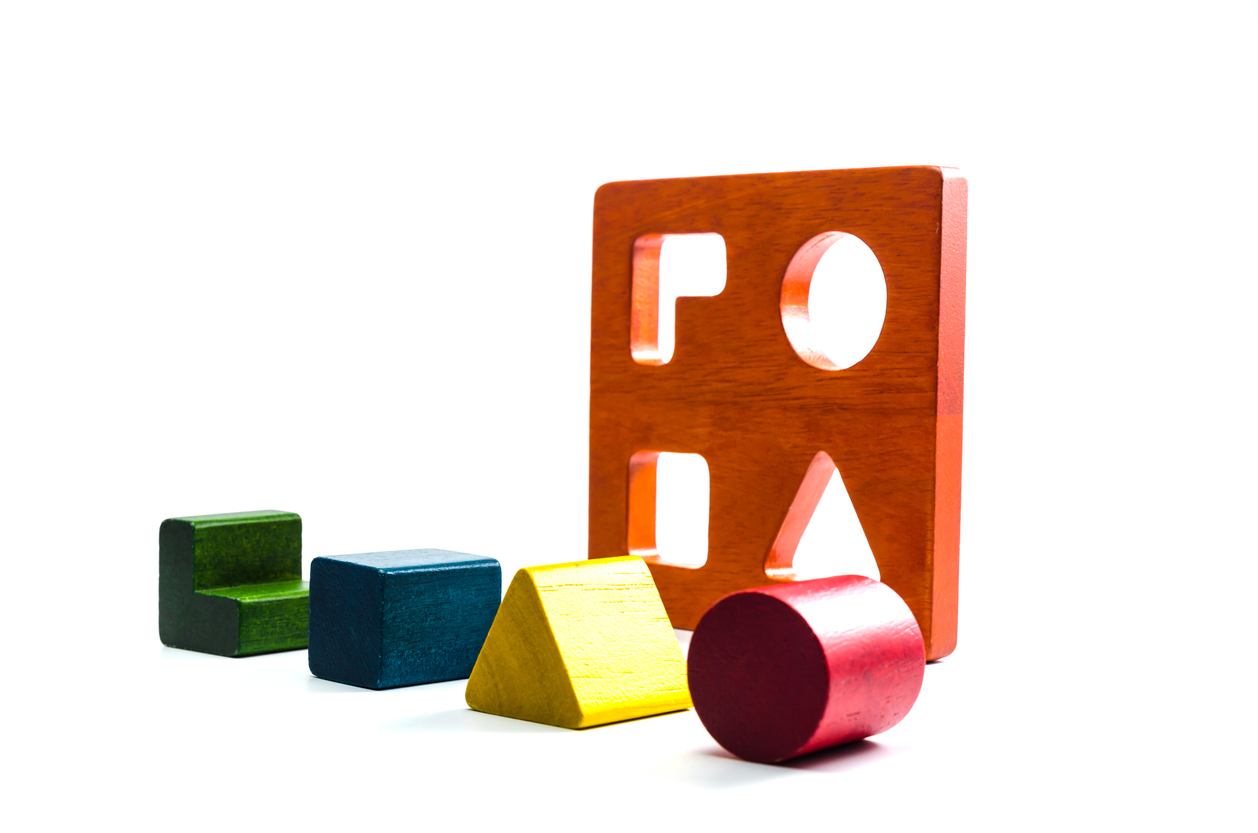Help your students follow their passion – and find their ikigai
The Japanese concept of ikigai refers to something that gives a person value, joy and a sense of purpose in life. How can we help our students find theirs?

“Passion is energy. Feel the power that comes from focusing on what excites you.”
– Oprah Winfrey
“Life is a mission, not a career.”
– Stephen Covey
“Where your talents and the needs of the world cross, there lies your vocation.”
– Aristotle
“Your profession is not what brings home your weekly pay cheque. Your profession is what you’re put here on earth to do, with such passion and such intensity that it becomes spiritual in calling.”
– Vincent van Gogh (attributed)
Perhaps you think these quotations are cheesy – or you may regard them as ideal candidates for the next inspirational quote for your office wall. Whichever camp you fall into, it is undeniable that these celebrated people from diverse spheres of life have reflected and commented on this theme: an inner calling that is unique to everyone.
These quotations contain four main themes: passion, mission, vocation and profession.
What if there was an overarching construct to rule them all? This construct exists, and is called ikigai.
What is ikigai?
A Japanese concept that has recently gained traction, ikigai refers to something that gives a person value and joy – a sense of purpose and meaning in life.
Marc Winn, an English business coach and entrepreneur, further popularised the concept by creating the following diagram:

The aforementioned four concepts fit neatly into the flower-like structure with multiple layers of “petals”. This diagram can serve as a tool to help our younger students in particular (grades 9 and 10/years 10 and 11) establish deeper self-awareness.
This diagram is useful because it contains opportunities for more than one layer of reflection that can be adapted to a guidance class or two.
First layer of reflection
The outermost layers of petals present a set of simpler reflections, which can serve as a good starter activity. Here are some questions to guide your students:
1. What you’re good at
- What are the classes you excel at?
- What activities come really easily to you?
- What do people look to you for help with?
- What are your top strengths?
2. What you love
- What activity makes you lose track of time?
- What do you not get bored of?
- What makes you excited when you imagine yourself engaging in it (class, activity, setting, etc.)?
3. What you can be paid for
- What do you see people getting paid for around you?
- What are some unusual industries and jobs you have noticed?
- Lists to help your students brainstorm:
4. What the world needs
- How can you contribute to creating a positive effect on those around you?
- What does your community need? Encourage your students to think creatively about the boundaries of community, which can encompass the following: friends, family, school, city, region, country, planet etc.
As is evident from this list, the answers to these questions do not need to be a profession or a study programme. Although you are the college and careers counsellor, showing curiosity about other parts of the students’ lives can help build a rapport with them and also uncover important clues to help them choose an unexpected major or profession. Let the students be creative and have fun with this activity (to an appropriate degree).
Second layer of reflection
In the overlapping space of two petals, there is the opportunity for slightly deeper, more complex reflection.
1. Overlap of ‘What you’re good at’ and ‘What you can be paid for’ = profession
This is most likely the easiest to think of, because jobs naturally fall under this category. But even this simple exercise can help students think about choosing jobs that they’re good at rather than just because they’re financially lucrative.
2. Overlap of ‘What you love’ and ‘What you’re good at’ = passion
These are often hobbies that the students have. Reflecting on their hobbies using these two aspects can help raise their self-awareness. For instance, ask students: what exactly do you like about your hobby? What skills are involved in your hobby that you’re good at? How can these be applied elsewhere?
3. Overlap of ‘What the world needs’ and ‘What you can be paid for’ = vocation
This is not easy, because many young students are not usually primed to think about what the world needs. However, this can be a good exercise. Mention how existing jobs (such as environmental engineer) already fulfil a social cause while also offering a viable career track. The job does not need to be explicitly altruistic in order to help others, so do mention examples such as a business with social impact or a tech firm that develops something to help a community in need.
4. Overlap of ‘What you love’ and ‘What the world needs’ = mission
This section wouldn’t be easy to figure out if the activity began with it. However, after the previous reflections, it should be easier to think of. Hopefully the examples identified for “vocation” are likely directions students would possibly enjoy as well. This might be a useful stage at which to point out that your job does not necessarily need to be a mission – but that such reflections can help you be a more responsible global citizen.
If you’d like to go a little deeper and think about the overlapping of three circles and how that’s different from ikigai, you can refer to the diagram here. This is not necessary to include in the reflection activity but gives you further food for thought as a counsellor.
Third layer of reflection
Finally, if one thinks about the overlapping of all four circles, one might possibly find one’s ikigai. But, frankly speaking, this is probably impossible to do with your students in a guidance session or two. After all, identifying ikigai is not the ultimate goal of this activity. Instead, it is about the process of coming to this stage – in classic “it’s the journey that matters, not the destination” manner.
And, finally, people change. And with that, their ikigai and what determines it will change, too – and that’s perfectly OK.
So returning to this reflection activity again and again is not futile but meaningful – a nice note on which to end the guidance session.




